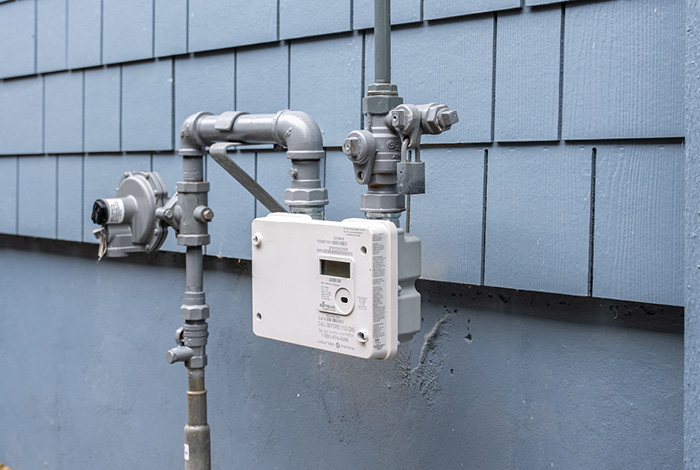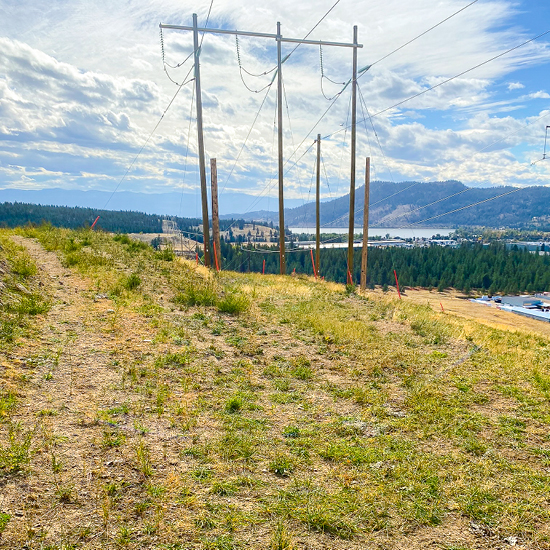Celebrating 125 years since hydroelectricity was first started in the Kootenays
November 17, 2022
More than a century ago in British Columbia, trains were the primary mode of transportation, electricity was a novelty used to power streetlights and telegraph wires and the mining industry was the key economic driver. Back then, it wasn’t crews from FortisBC working on dam and power line construction, it was the original predecessor, West Kootenay Power and Light Company (WKPL). This year marks 125 years since WKPL first introduced hydroelectricity in the Kootenays and paved the way for modern life in BC’s Southern Interior.
Hydroelectricity was a new phenomenon in 1897. What started as a venture to build one dam to support the expanding mining industry quickly became four, all built between 1897 and 1932, to support the growing population in the region.
FortisBC still owns and operates these power facilities, located on the Kootenay River along a five-kilometre stretch downstream of Nelson: Corra Linn, Upper Bonnington, Lower Bonnington and South Slocan. Thanks to regular maintenance and major upgrades, these historic facilities now house the modern technology needed to provide electricity in the region today.
We’re reflecting on our history and celebrating a lasting legacy that started more than a century ago.
The early days of hydroelectricity
To give us some insight about what it meant to bring power to people 125 years ago, we spoke to Greg Nesteroff, local author, historian and news editor. His knowledge of Kootenay history spans many years. His perspective shone a light on the impact of bringing hydroelectricity into the region and what it did for the surrounding communities.
It’s fascinating to think about how the mining boom in Rossland wouldn’t have happened without access to cheap, reliable and abundant power. Of course, the boom was not positive for Indigenous peoples of the region and had other unintended consequences, but West Kootenay Power and Light helped sustain mining operations for the coming years as the demand for power continued to grow and the region became more populated.
Greg Nesteroff, local historian and news editor
It was all started by three enterprising businessmen who saw the opportunity to supply reliable power to the booming mining industry. Mining operations required an abundant and reliable power supply for their operations and the region was as rich in fast-moving water as it was in metals like zinc, copper and lead. They sought and received approval from the province to establish a hydroelectric power plant and, in 1897, WKPL was born.
The company made history in 1898 when they successfully completed the Lower Bonnington Dam, the first to be built on the Kootenay River. This brought electricity to Rossland, BC through a 50-kilometre power line—the longest, high voltage line built in North America at the time—which began powering the town’s first 500 lights. And while this brought opportunity to many, it’s important to recognize this work was done without the consideration of the local First Nation communities in the area. Taking on a project like this without consultation and participation of Indigenous People was sadly commonplace in this area and greatly impacted nearby First Nations and their traditional lands.
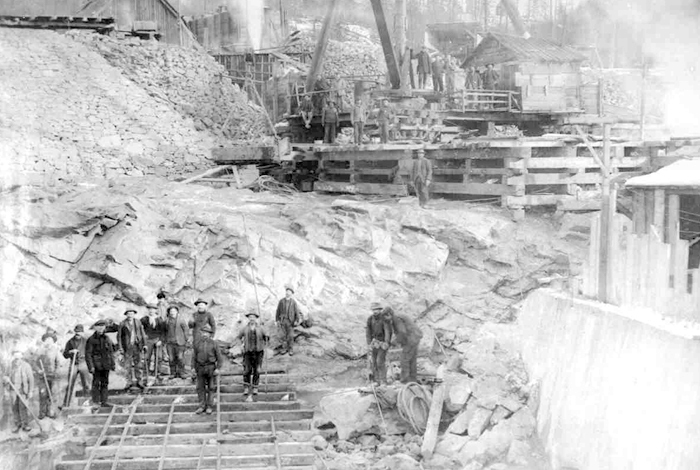
Construction of the Upper Bonnington Dam was completed in 1907, the second dam to be built on the Kootenay River. This helped increase the amount of power generated for the region to meet the energy needs of the nearby mines.
With the ever-expanding demand for energy, they completed construction on the Upper Bonnington Dam in 1907, the second dam along the Kootenay River. The Lower Bonnington Dam was replaced with a larger structure in 1924. After many expansions and upgrades, both dams continue to operate today.
Expanding operations through the Kootenays
Further expansion of hydroelectricity operations was necessary to support the growing population and the war effort. Demand for zinc during the First World War meant stepped-up operations for the Consolidated Mining & Smelting Company (CM&S), the predecessor to Teck Ltd.’s present-day operations in Trail, BC. To secure sufficient power, CM&S bought a controlling interest in WKPL in 1916.
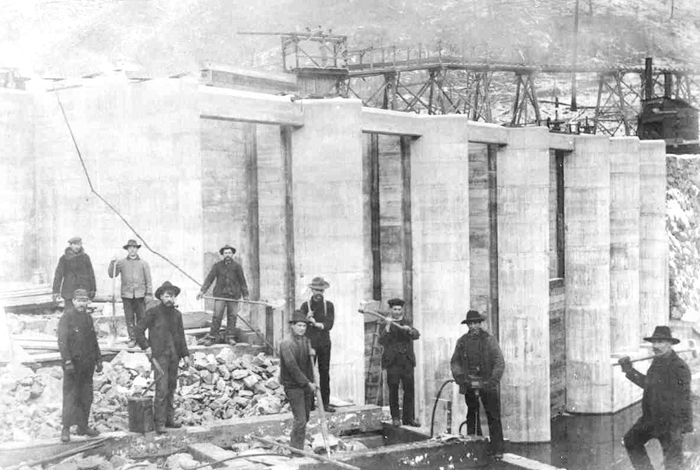
Early construction of the dams along the Kootenay River show the immense amount of work it took to create these structures, with no access to the technology that we have today.
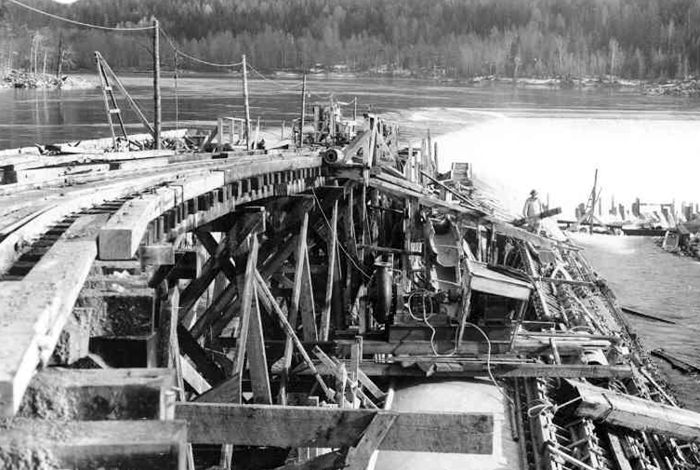
Demand for energy continued to expand in the region over the years which meant the expansion or rebuilding of these dams.
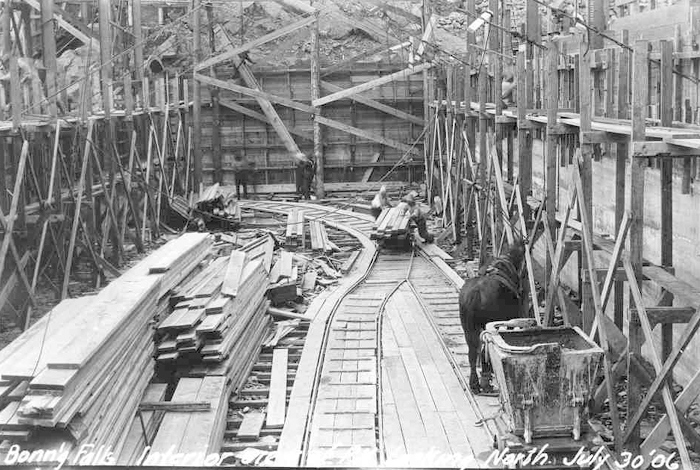
The expansion of electricity operations was driven by CM&S to support their mining operations and ensure they had access to cheap and reliable power.
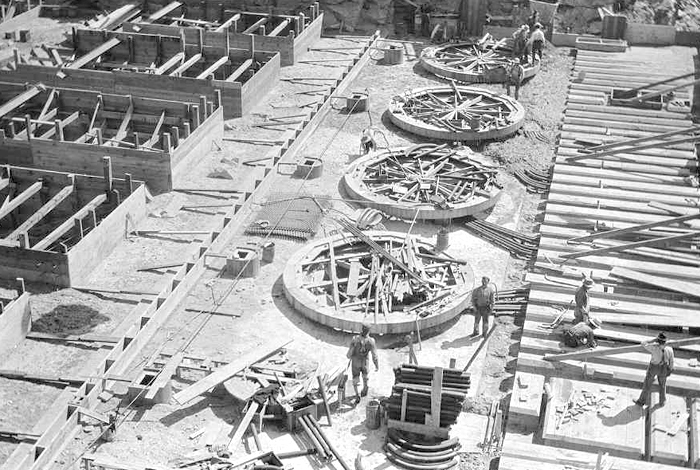
While some of the structures have been rebuilt, some of the original turbines and rotors that generate hydroelectricity for local communities are still used today.
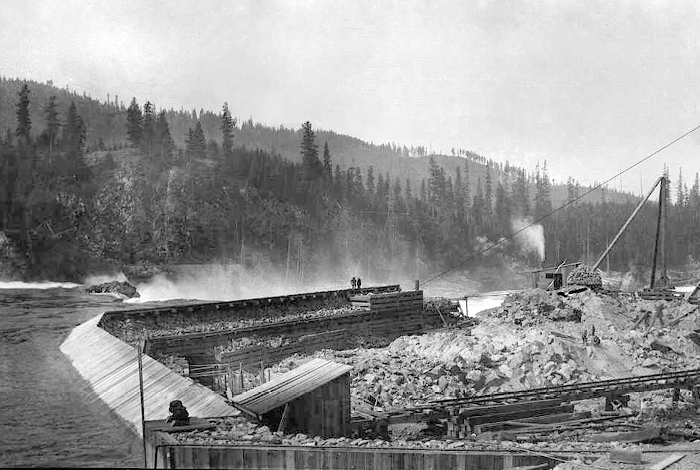
Another key part of construction was connecting these dams to mining operations, and later, to communities to power homes and businesses by building powerlines throughout the Kootenays.
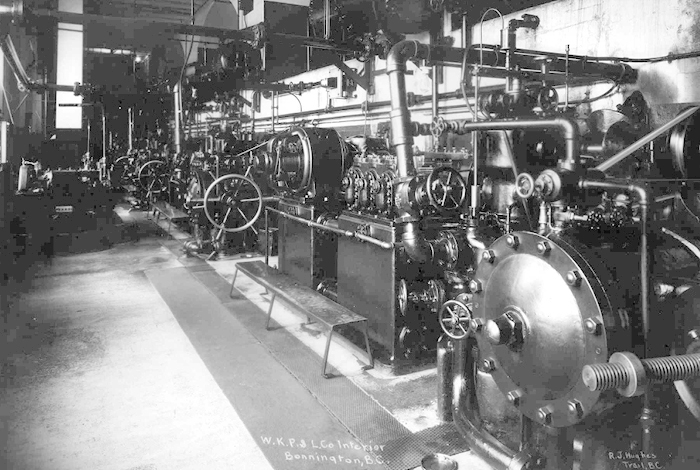
Looking back, we can see the difference in how they constructed the components and systems of a dam in the 1900s and how it’s changed compared to dams built today.
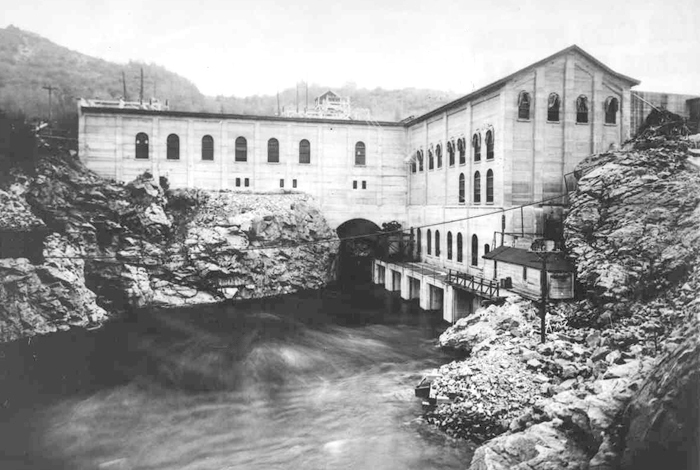
This infrastructure continues to provide hydroelectricity to our customers today and for years to come. Hydroelectricity has taken on a new importance since the early 1900s as it plays a key part in how we will achieve provincial climate action goals.
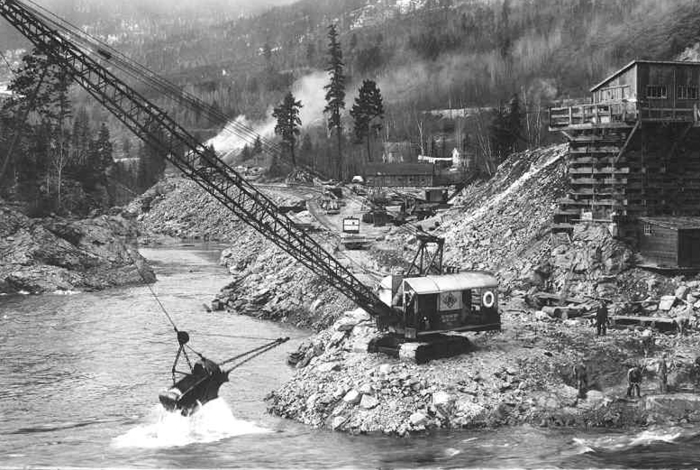
To ensure we meet our customer’s evolving expectations, we invest in upgrades and maintenance to our systems so they continue to power homes and businesses throughout the region.
The Consolidated Mining & Smelting Company remained focused on expanding electricity operations during their leadership of WKPL. In 1929, they completed construction on the South Slocan Dam. Just three years later, they built the Corra Linn Dam upstream from the Bonnington Dams and, for the first time, this included building 14 spillway gates. Spillway gates allow crews to increase or decrease the flow of water rather than depend on the natural flow of the river. With the aid of these spillway gates, Corra Linn still operates as a control point for water flows out of Kootenay Lake. The completion of the Corra Linn Dam was followed by Brilliant Dam in 1944 and the Waneta Plant in 1954.
Powerlines were also needed to ensure this energy was delivered to communities. In 1951, CM&S completed a 138-kilometre line from South Slocan to Kimberley. They also added a power line down to the growing town of Creston and the surrounding area.
Impact in local communities
According to Greg, while electricity became available for mining operations, it took a little longer for it to fully expand into rural areas and residential towns. The areas that did have electricity were the small towns located near the dams that were home for the work crews.
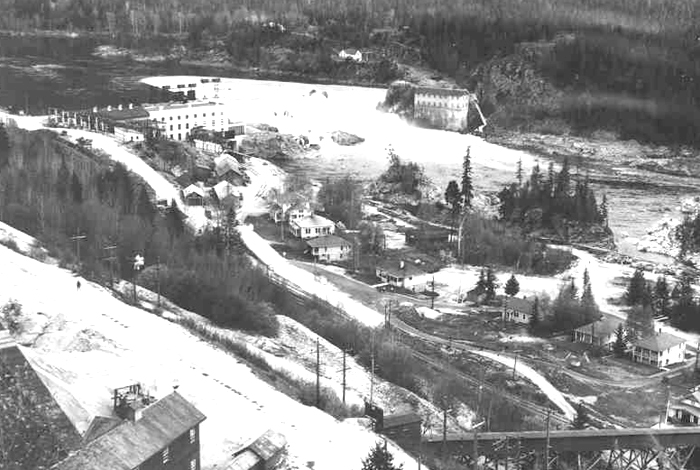
Small communities formed around the dams, like the Upper Bonnington Dam pictured above, that became home for the workers and their families. Greg explained, “A sense of community started to develop in these little towns which started around each of the dams. With access to power, work crews were able to raise their families near their workplaces. That allowed these small communities to flourish.
It wasn’t until after the Second World War when household appliances became part of people’s everyday lives that electricity did too. Around the 1950’s the most common electrical gadget was the radio but, by the start of the next decade, refrigerators also became a standard appliance within a home. A few years later the television entered the market, closely followed by the telephone, both driving the need for more power in homes.
Access to power expanded into other towns, rural areas and as it became more reliable, we saw a shift where people left these smaller towns around the dams for larger, more populated areas. One of the exceptions though is the town of South Slocan, which still exists today. It’s one of the areas with a rich history of the past and is a reminder of how critical these dams were back in the day and how they continue to power people’s homes and businesses.
Greg Nesteroff, local historian and news editor
Leaving a lasting impression
After changing hands from Teck Ltd. to other organizations over the years, ownership of WKPL and its assets returned to Canada. It was purchased by Fortis Inc. in 2004, who renamed the company FortisBC Inc. The company continues to own and operate the four original dams along the Kootenay River.
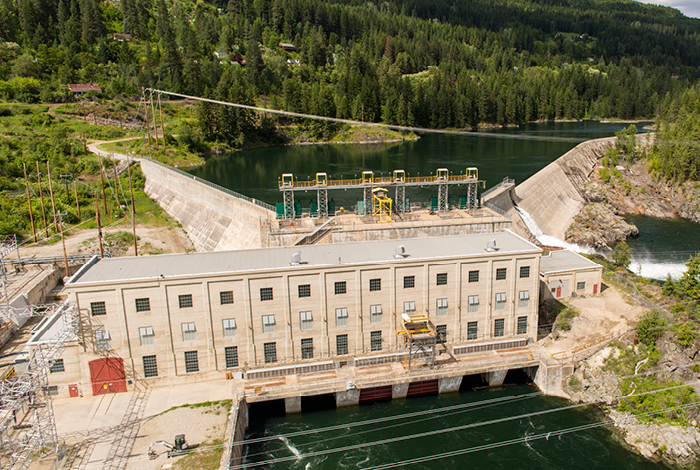
In 2004, Canadian-based Fortis Inc. bought WKPL’s assets and infrastructure. FortisBC continues to own and operate the four dams along the Kootenay River. The South Slocan Dam, pictured above, is one of them and continues to provide hydroelectricity to customers in the region.
After acquiring WKPL, FortisBC undertook a series of renewal projects. In fact, within the first 10 years of ownership, more than a billion dollars was invested in upgrades to the electricity system in the Kootenays and Okanagan. This included completion of the Unit Life Extension Project, a series of projects to upgrade and extend the lifespan of several generation units at the four generation facilities, which was completed in 2012. Within each of the generation units, all of the components used in turning the water’s energy into hydroelectricity, including turbines, generators and transformers, were refurbished or replaced with new modern technology. This extended the lifespan of the units, and will help ensure the long-term reliability of the system for the coming years.
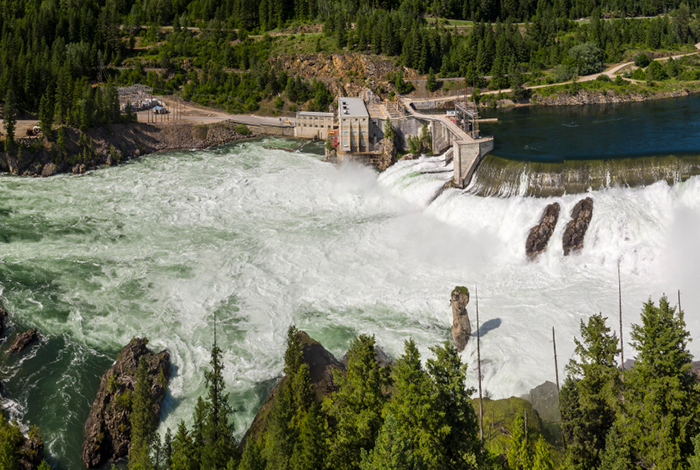
The Lower Bonnington Dam is one of the oldest dams along the Kootenay River. It has undergone significant upgrades over the years. We completed upgrades at the facility between 1998-2012 to extend the lifespan of the generation units.
We completed recent upgrades at the Upper Bonnington Dam, which was inducted into the Hydro Hall of Fame in 2018. This dam’s four generating units, originally commissioned in the early 1900’s, underwent significant upgrades between 2017 and 2021. While the generation plant is now state of the art, many of its original parts, such as the turbines, remain in operation.
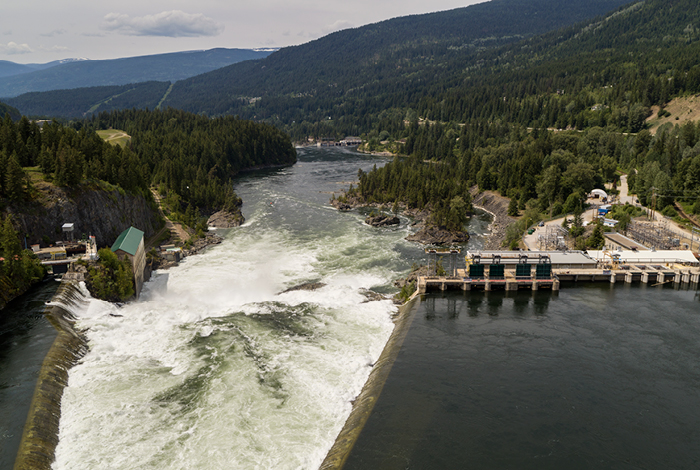
One of our operations managers, Paul Matteucci, was part of the team responsible for the upgrades at the Upper Bonnington Dam: “It’s incredible for us to work on these projects that involve updating infrastructure and technology that is more than 100 years old. Integrating historic and modern technology is something not everyone gets to do in their job so we’re fortunate to have this opportunity so we can continue to provide our customers with safe and reliable hydroelectricity.
To meet the province’s current dam safety requirements, we’ve been working on upgrading the Corra Linn Dam over the past few years. Upgrades include improving and modernizing its 14 aging spillway gates and reinforcing the superstructure of the dam, which includes robust seismic upgrades.
We replaced the last three spillway gates throughout 2022 and expect to complete the project early in 2023.
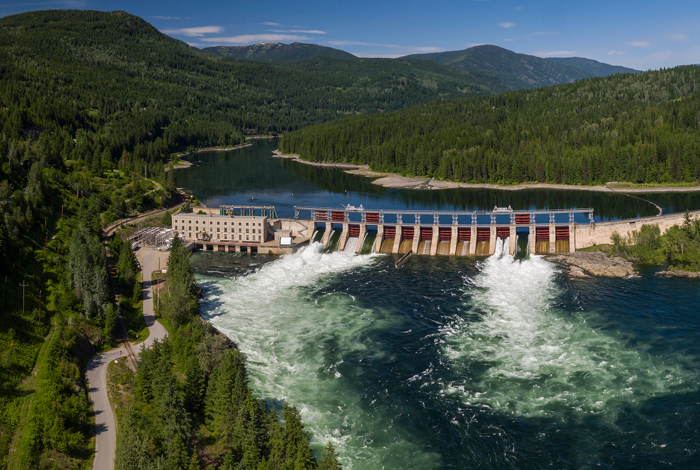
The Corra Linn Dam was the first dam built in the Kootenays with spillway gates that run across the river. This was considered an incredible advancement at the time because the gates allowed crews to increase or decrease the flow of water rather than depend on the natural flow of the river. Over the past several years, our crews replaced and upgraded these spillway gates to meet modern-day standards.
Generating hydroelectricity for years to come
It’s incredible to think about how these dams were built almost 100 years ago and how they continue to provide power to customers today. As the demand for power grew over the years, it mirrors what we’re seeing today as population growth continues to drive an increased demand for energy.
Hydroelectricity has taken on a new importance since the early 1900s as it plays a key part in how we will achieve provincial climate action goals. It’s necessary to invest in our current system to ensure it continues to deliver reliable power to our customers. This is only possible when continued maintenance and upgrades are undertaken to ensure the systems are modernized and meet current standards. Upgrades to our electricity infrastructure are vital to providing service to our customers and are covered within the rates that all customers pay.
We appreciate Greg for taking the time to share his knowledge of the region’s mining and electric history. If you’re interested in a photographic account of the Kootenays and the people who lived there, check out Greg’s book: Lost Kootenays.


